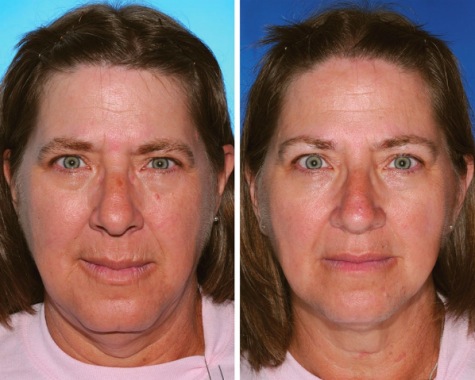
Here’s an interesting study, from the medical journal ‘Plastic and Reconstructive Surgery.’ From 2007 to 2010 during the “Twins Day Festival” in Twinsburg, Ohio, 79 pairs of twins were found where one twin was a tobacco smoker and the other was not (or which twin had smoked at least 5 years longer).
Professional photographers snapped photos of both twins faces and then plastic surgeons analyzed these photos to see if they could determine which one was the smoker (or who smoked the longest) using the FDA’s standard Lemperle Assessment Scale, a validated wrinkle assessment scale.
They scored the following facial features using the wrinkle assessment scale:
- Forehead transverse lines
- Forehead glabellar lines
- Crow’s feet
- Upper lip lines (repose)
- Upper lip lines (pucker)
- Nasolabial crease
And also scored the following features based on a scale of mild, moderate and severe:
- Upper lid skin redundancy
- Lower lid pigmentation
- Lower lid bags
- Malar bags
- Lower lip vermillion lines
- Jowls

The twin on the left smoked 17 years longer than the one on the right.

The twin on the left is a non-smoker.

The twin on the left is a non-smoker. The twin on the right smoked for 29 years.

Both twins are smokers. The one on the right has smoked 14 years longer.
The results are clear. The smoking twins had worse scores for lower eyelid bags, upper cheek bags, jowls (droopy lower cheeks), upper lip wrinkles, and nasolabial folds (laugh lines).
This study shows the effects of facial aging caused by smoking and even shows that just a 5-year difference in smoking history can cause noticeable facial aging.
